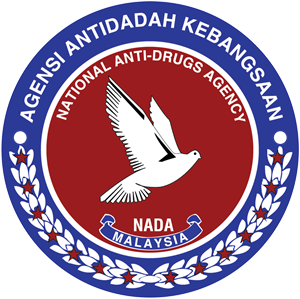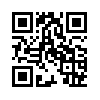Public Awareness and anti -drug campaigns are a method of information, message delivery and social marketing to the general public and focused. It aims to provide awareness, knowledge and skills to students, adolescents, youth, families, communities and society on ‘Better Prevention’, the dangers and effects of drug abuse. This campaign requires well -planned and comprehensive planning so that it can be understood and felt by all walks of life so that they rise up against drug abuse, gain and maintain community support in the fight against dangerous drug abuse.
The use of mass media for the delivery of awareness messages is crucial so that it reaches a large number of targeted media users through mass communication. The delivery of public awareness and anti -drug campaigns used five mediums, namely electronic media, print media, face -to -face media, social media and external media.
Objective
- Provide awareness to the community about the dangers of drug abuse and its impact on health.
- Change the attitude and behaviour of society to continue to avoid themselves and their families from drug addiction.
- Gain and maintain the support of the people to rise together against drugs.
Electronic Media
Campaign through the broadcast media either government or private stations through television and radio channels. It focuses on listeners both on the mainstream and state level. Among the materials broadcast on television are anti-drug advertisements, community service announcement (PSA), short dramas. While the material via radio is community service messages (PSA), songs and jingles.
Print Media
Campaigns through print media are communication channels in the form of printed materials or publications. These campaign materials can be divided into several categories such as posters, pamphlets, brochures, newspapers, magazines, books and other campaign materials. This material is used in other mediums such as face -to-face media and electronic media. Among the messages conveyed were drug facts, effects of drug abuse, guides / tips, AADK services and so on.
Face -to -Face Media
Face -to -face media campaigns are social interactions that are implemented directly through face -to -face communication that allows a lot of information to be shared, immediate feedback as well as more efficient and informal. The approach of the campaign is anti -drug exhibitions either through static exhibitions or mobile exhibitions (exhibition buses), distribution of pamphlets through interviews and walkabouts.
Social Media
Campaigns through social media are more effective and can reach a younger target group as it has a more interactive nature compared to traditional media such as electronic media and print media. Through digital communication channels such as Facebook, Instagram, Twitter and Youtube applications, campaign messages can be conveyed more widely and interact directly at the Headquarters, State and District levels with the community. The campaign message is conveyed through posters, webinar videos and so on.
External Media
The outdoor media campaign is a message delivered in the hotspot area as well as the local community through LED signage and billboards. The wider range of campaign delivery to target groups and messages are more in the nature of reminders and actions such as the AADK ‘hotline’ for complaints and advisory services, drug prevention guidelines, messages in the form of religious and so on.








 Users Today : 366
Users Today : 366 Total Users : 2659276
Total Users : 2659276